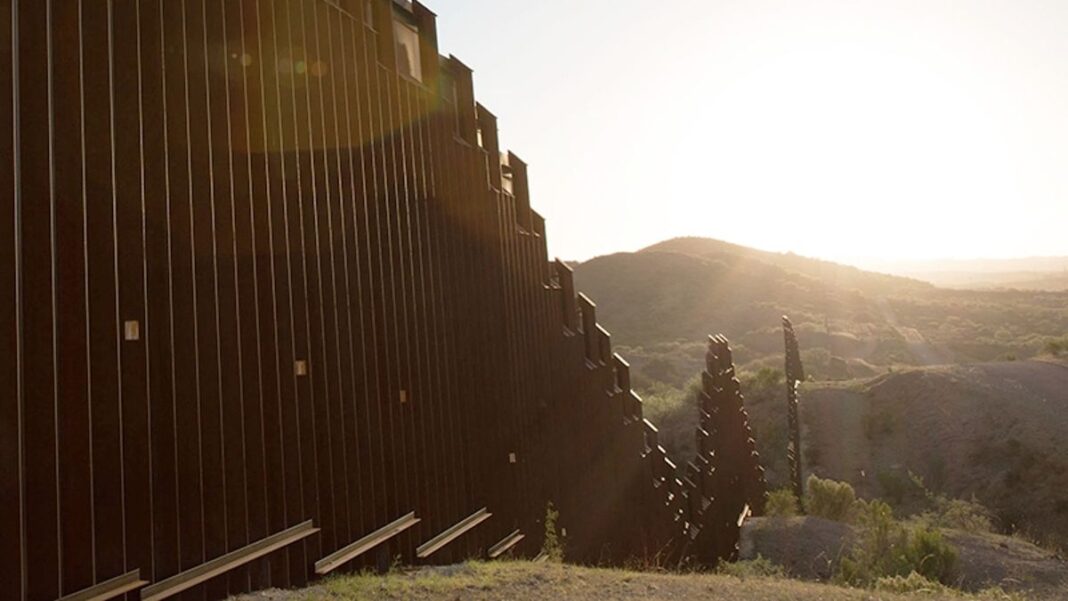
Economists have long known how to solve the problem of illegal immigration into the US. Our principals have been aware of the solution for more than twenty-five years.
Mexican and Central American migrants come to the US principally to earn higher wages. The US government attempts to prevent this, ostensibly to protect US society. The result is a classic black market, in which the US government is expending vast resources in keeping migrant labor from contracting with US employers.
Black markets, typically associated with bans on alcohol and drugs, tend to exhibit similar sort of pathologies.
First, prohibitions are rarely successful over the long run. For example, the US prohibition on alcohol was initially successful, with per capita consumption falling by 85% upon passage of the 18th Amendment in 1920. Within two years, however, a black market had emerged and consumption rebounded to levels only 16% below pre-Prohibition volumes. Prohibition worked, but not that much.
The same is true, for example, of heroin, the price of which is near record lows in the US and cheaper for a bag (a dose) than a pack of cigarettes, despite a ‘war on drugs’ lasting now more than fifty years. Similarly, the black market in migrant labor adapted to the Trump Presidency, as we predicted back in October 2017, and to the Biden administration, as we forecast in November 2020. Indeed, every president in the last forty years has struggled with his own surge.
For purposes of illegal immigration, the lessons are two-fold:
First, trying to ban a good or service for which there is demand is virtually impossible. Tougher enforcement, including building a Wall, is likely to reduce flows for a time. However, the more enforcement succeeds, the higher wages will go, and the greater the incentive to evade the ban. In California, for example, tougher border enforcement has raised farm wages to $16 / hour, up perhaps $5 / hour over earlier times. For migrants, this extra income can be used to pay for more elaborate border crossings. Indeed, every $1 / hour translates into an additional $6,000 a migrant might spend to enter the US. With a $5 / hour wage differential, a migrant farm worker could rent a private jet to fly him to the US.
Second, enforcement requires ceaseless vigilance. Even in the case of mortally dangerous drugs like heroin, the will seems to be lacking. Moreover, many Americans do not see undocumented migrants as villains, but rather as people hoping — and willing to work for — a better life in America. The public therefore is of two minds regarding the treatment of undocumented migrants, and this schizophrenia translates into oscillating policy. A tough-minded administration is soon enough replaced by one emphasizing America’s ‘humane’ values. Maintaining a consistent line is all but impossible.















































